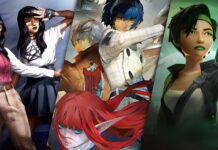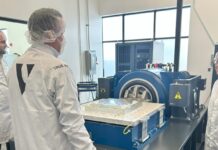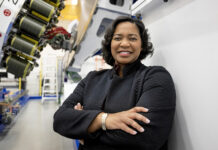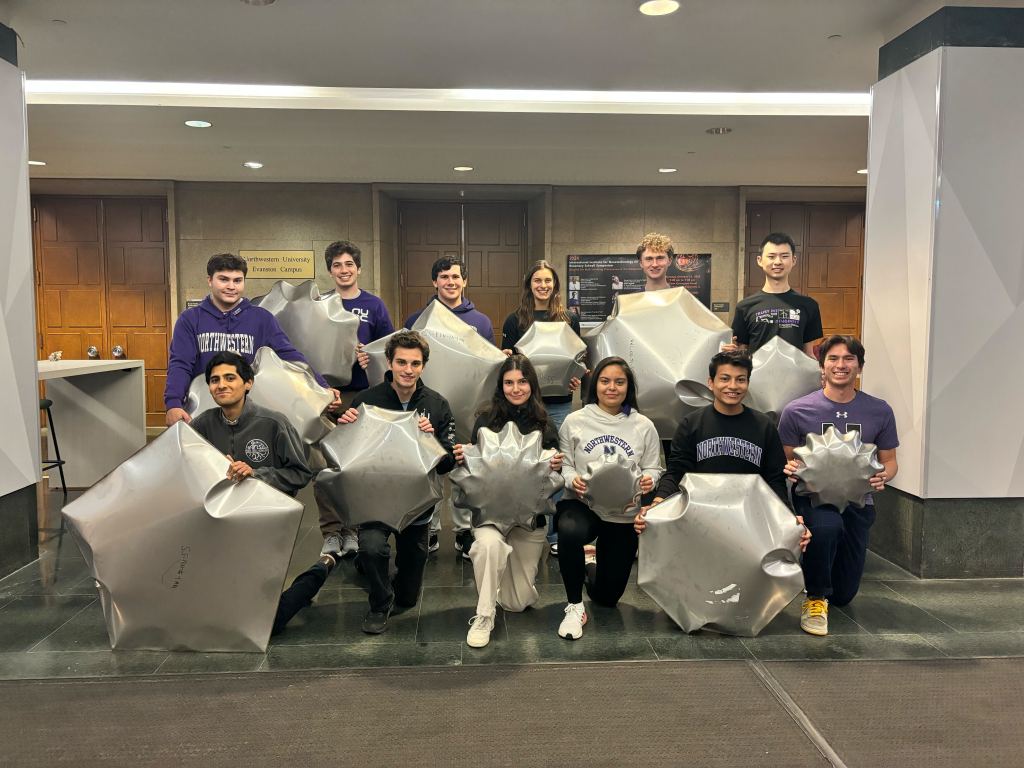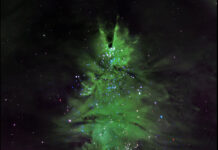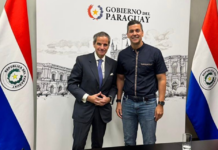Northwestern University Triumphs in NASA’s BIG Idea Lunar Inflatables Challenge
In an impressive display of innovation and engineering prowess, Northwestern University has clinched the top position in NASA’s 2024 Breakthrough, Innovative, and Game-changing (BIG) Idea Challenge. This prestigious competition encouraged participants to develop and propose groundbreaking solutions using inflatable technologies for lunar applications.
The challenge was designed to tap into the creative potential of university students across the United States, urging them to explore inflatable habitats and structures that could be deployed on the Moon. Such innovations are crucial as NASA continues its mission to establish a sustainable human presence on the lunar surface as part of the Artemis program.
Northwestern University’s team presented a project named METALS (Modular Expandable Temporary Adaptive Lunar Structure). This inventive endeavor focused on creating a modular and expandable system that could be easily transported and deployed on the Moon’s surface. The team’s success highlights the potential of inflatable technologies in addressing the unique challenges posed by the lunar environment.
The Moon presents a harsh landscape with extreme temperature fluctuations, micrometeorite impacts, and the absence of an atmosphere. These conditions necessitate the development of robust and adaptable structures that can protect astronauts and equipment. Inflatable habitats offer a promising solution due to their lightweight nature, compact storage, and ease of deployment.
The METALS project demonstrated the feasibility of using inflatables as a viable option for lunar habitation. The design incorporated advanced materials and engineering techniques to ensure structural integrity and resilience against the Moon’s hostile conditions. The modular approach of METALS allows for flexibility in deployment, enabling configurations to be adjusted based on specific mission requirements.
Winning the BIG Idea Challenge is a significant accolade for Northwestern University, showcasing the talent and ingenuity of its students. The competition provided an invaluable opportunity for participants to engage with NASA experts, gaining insights and feedback on their projects. This interaction not only enhances the educational experience but also prepares students for future careers in the aerospace industry.
NASA Engineer Brings Indigenous Heritage to the Forefront of Aviation Innovation
In the realm of modern aviation, one NASA engineer is making waves by integrating her indigenous heritage into groundbreaking technological advancements. This engineer’s journey is a testament to the power of diversity and the importance of preserving cultural roots while forging new paths in science and technology.
At the forefront of this narrative is the development of the SUSAN Electrofan, an electrified propulsion system that represents a significant leap forward in aviation technology. This system aims to reduce carbon emissions and increase fuel efficiency, aligning with global efforts to combat climate change and promote sustainable air travel.
The engineer, who proudly carries her indigenous heritage, has been instrumental in the design and implementation of the SUSAN Electrofan. Her unique perspective and cultural background have enriched the project, bringing a fresh approach to solving complex engineering challenges.
By blending traditional knowledge with cutting-edge science, the engineer has contributed to a new era of aviation that respects both technological progress and cultural heritage. This harmonious integration underscores the value of diverse perspectives in driving innovation and shaping the future of aerospace engineering.
The SUSAN Electrofan project serves as a beacon of hope for aspiring engineers from diverse backgrounds, illustrating that one’s cultural identity can be a source of strength and inspiration. As the aviation industry continues to evolve, the contributions of engineers like this one will be crucial in steering it towards a more inclusive and sustainable future.
Behind the Scenes with NASA Engineers: Balancing Math, Mentorship, and Motherhood
Navigating the intricate world of engineering while juggling the demands of motherhood is no small feat. Yet, several NASA engineers are successfully balancing these roles, proving that it’s possible to thrive both professionally and personally.
One such engineer, Diana Acosta, provides a glimpse into her life as she manages her responsibilities at NASA alongside her role as a mother. Acosta’s work involves operating NASA’s Vertical Motion Simulator, a critical tool used to test and develop flight systems. Her expertise ensures that these systems are safe and reliable, contributing to the advancement of aerospace technology.
Acosta’s journey is marked by her commitment to mentorship and her dedication to inspiring the next generation of engineers. By sharing her experiences and knowledge, she encourages young women to pursue careers in science, technology, engineering, and mathematics (STEM), helping to break down barriers and challenge stereotypes.
The support system at NASA plays a pivotal role in enabling engineers like Acosta to succeed. Flexible work arrangements and a culture that values diversity and inclusion create an environment where employees can excel in their careers without sacrificing their personal lives.
Acosta’s story is a powerful reminder of the importance of mentorship and the impact it can have on aspiring engineers. By fostering a supportive community, NASA is paving the way for future generations of engineers to innovate and lead.
In conclusion, the stories of these remarkable individuals underscore the transformative potential of innovation, diversity, and mentorship. Whether it’s developing inflatable habitats for lunar missions, revolutionizing aviation with electrified propulsion systems, or balancing engineering with motherhood, these achievements highlight the dynamic and inclusive nature of modern engineering.
For more information on these topics, visit NASA’s official website.
For more Information, Refer to this article.


















